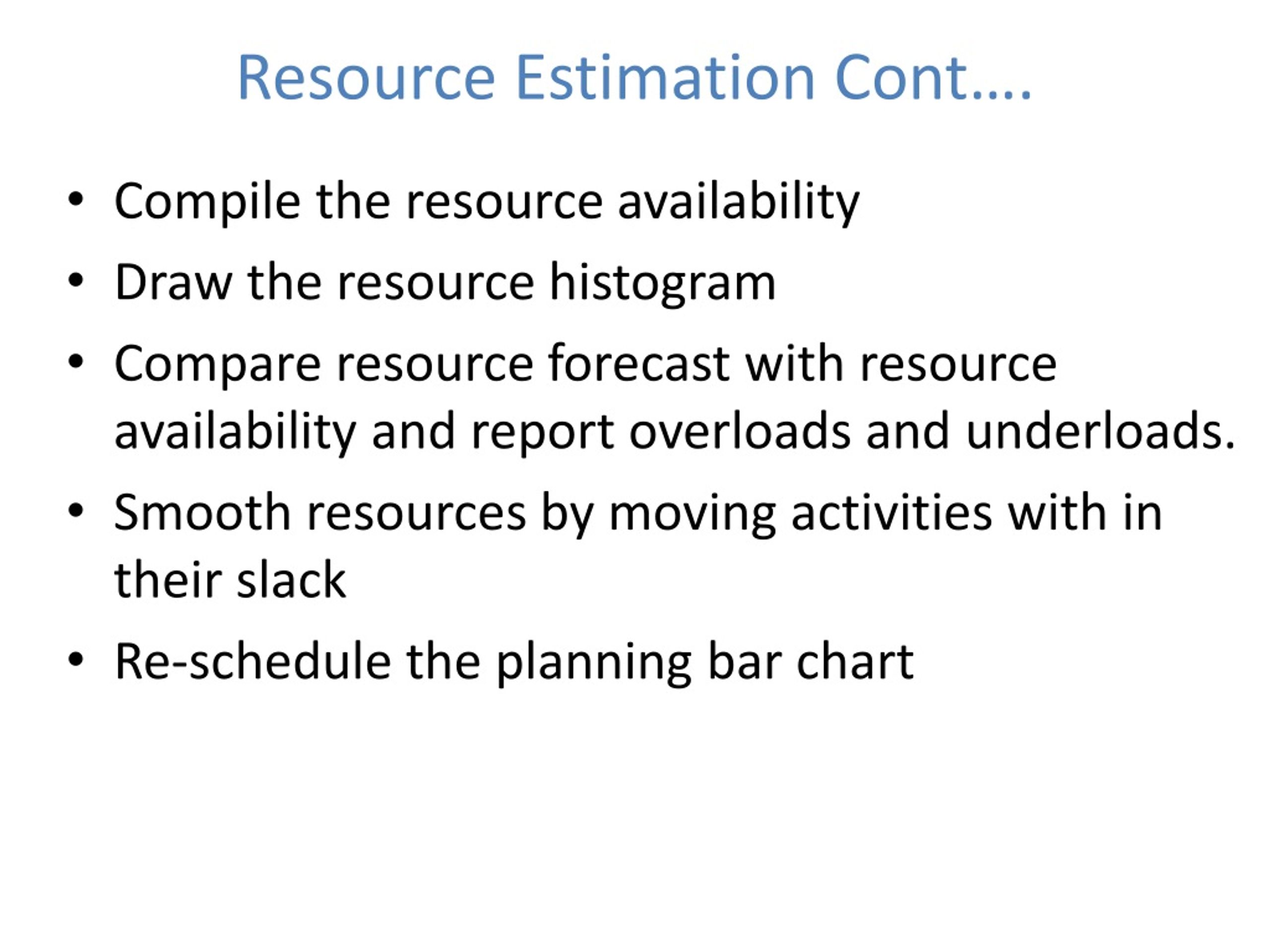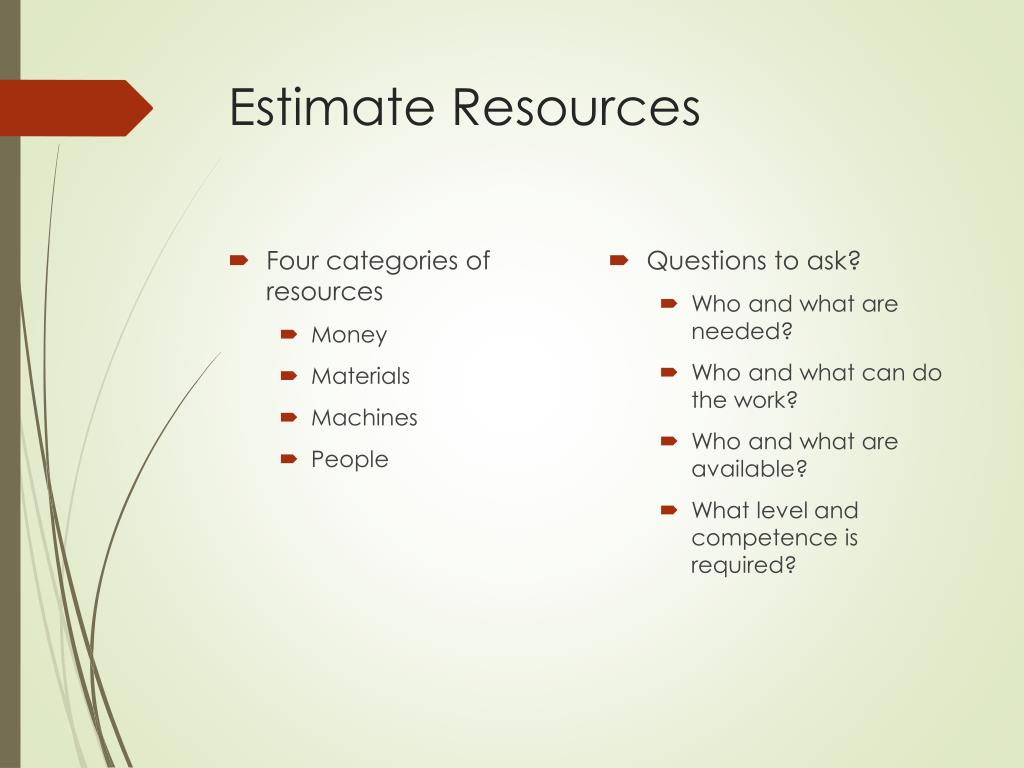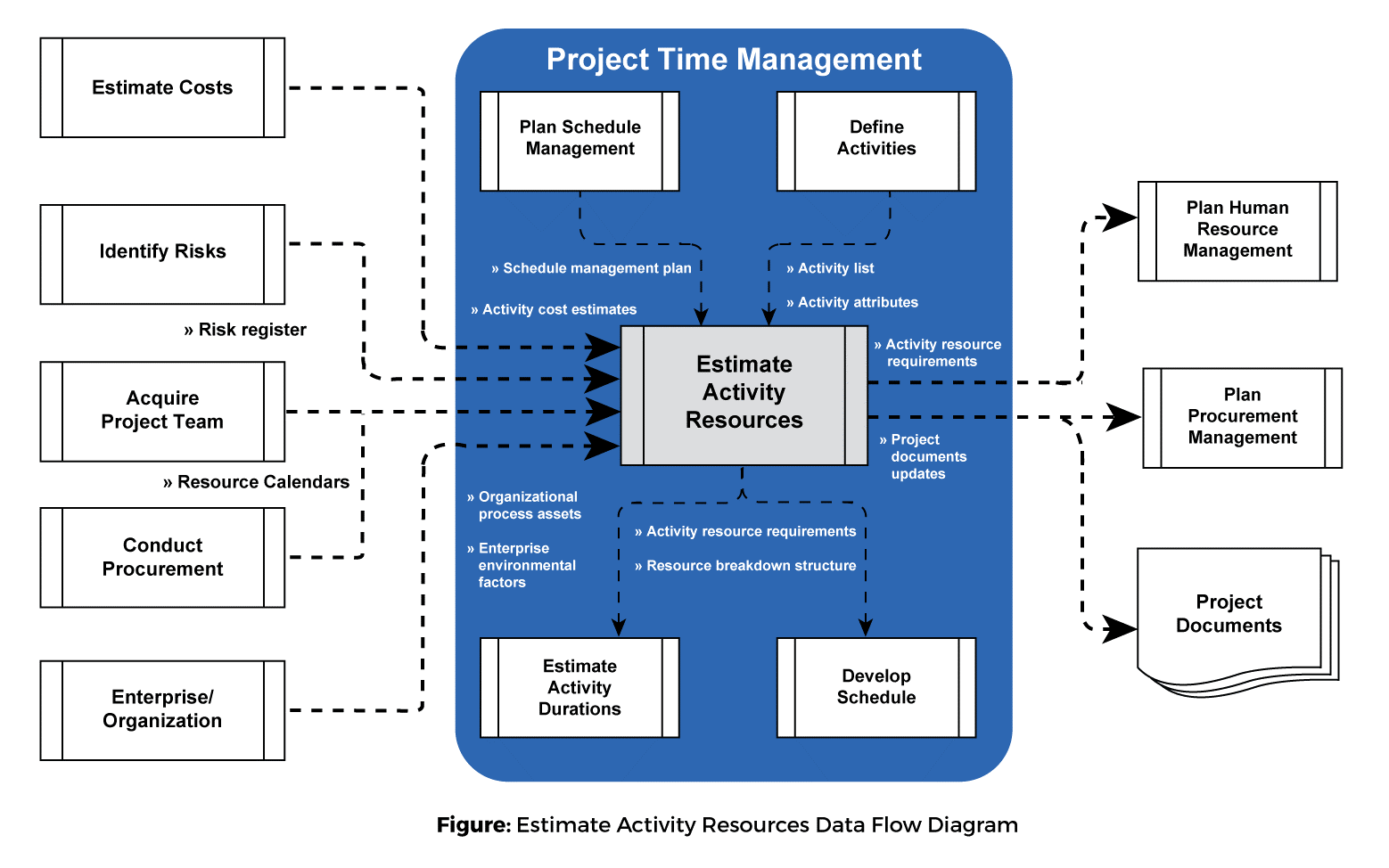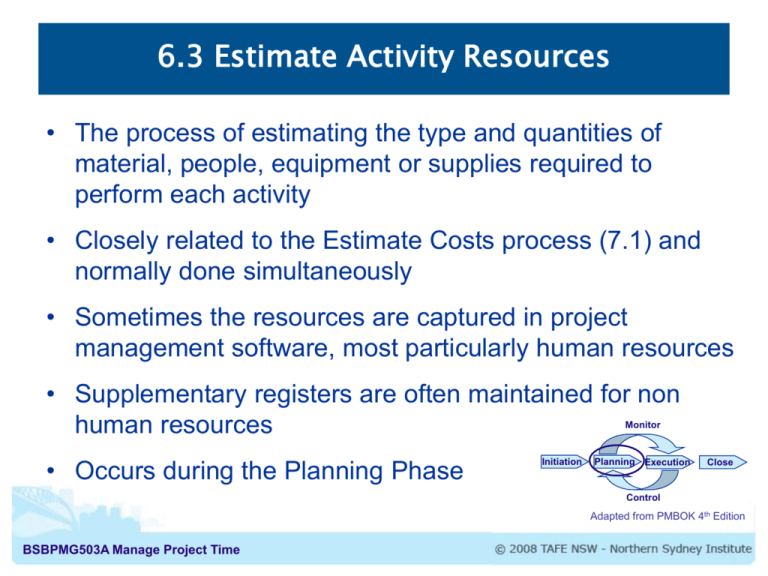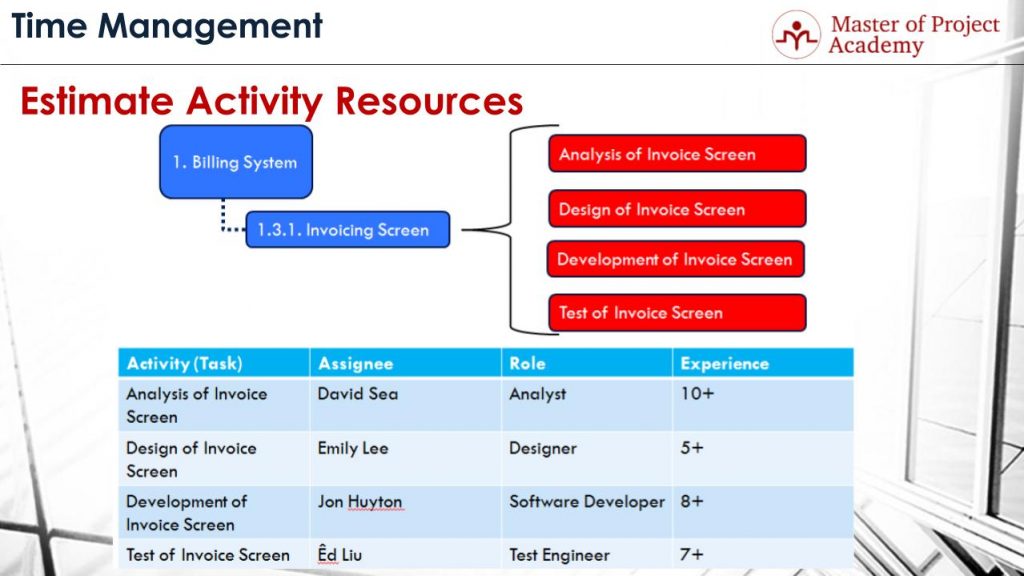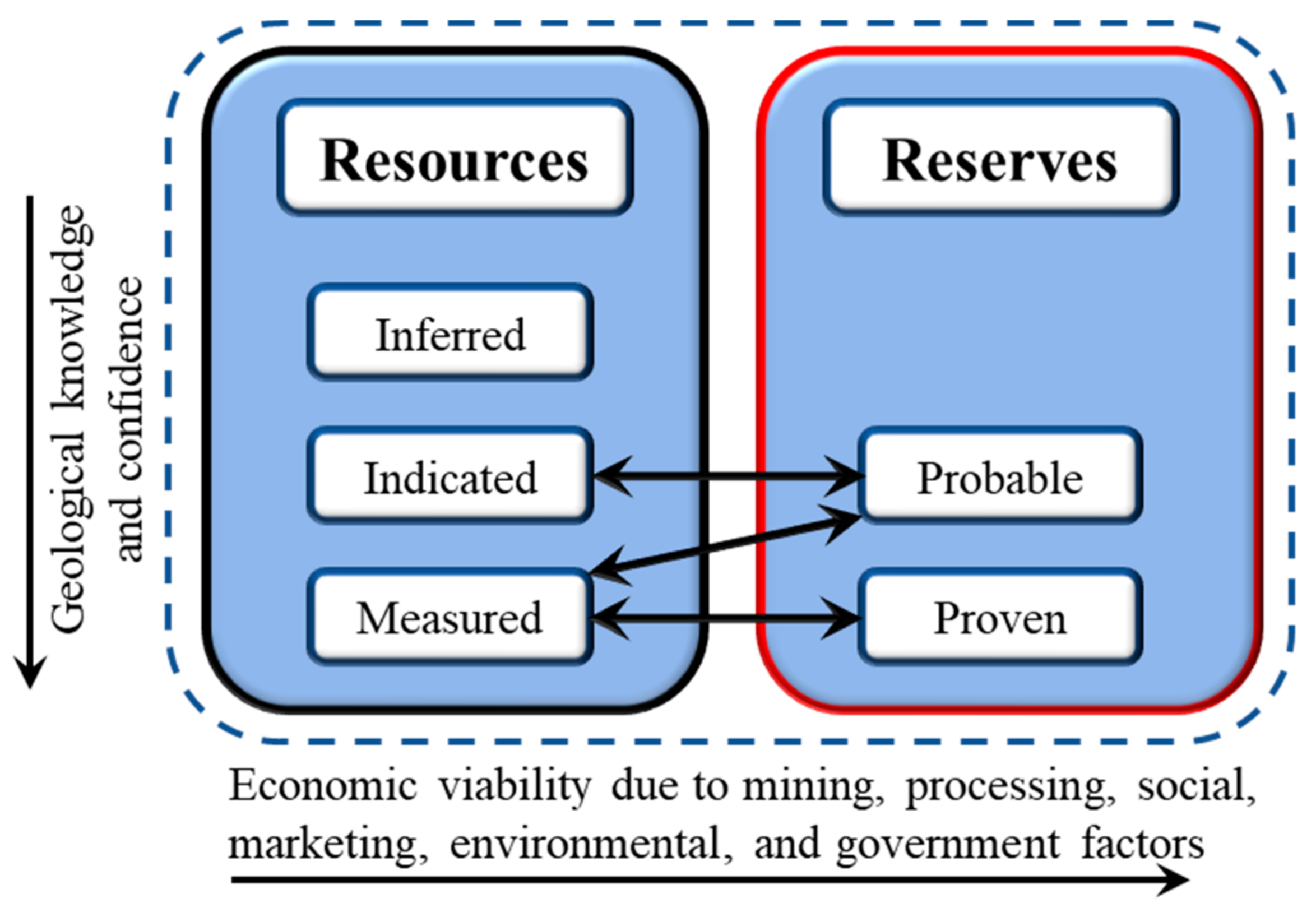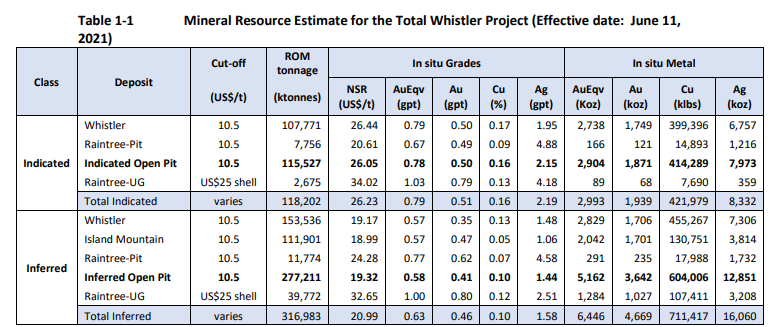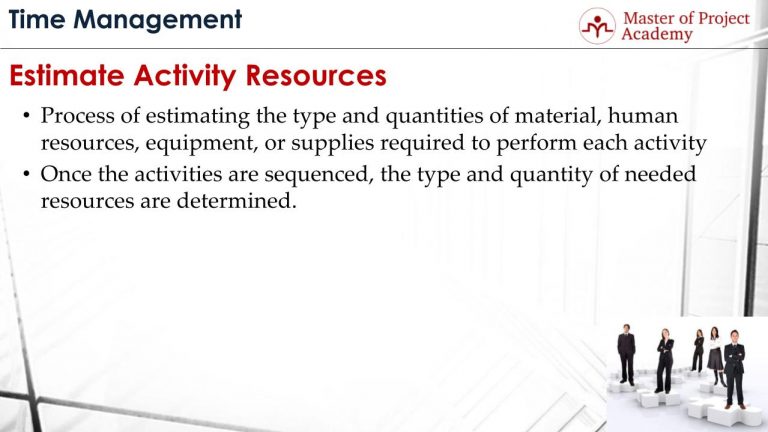Which Of The Following Is Considered A Resource Estimate
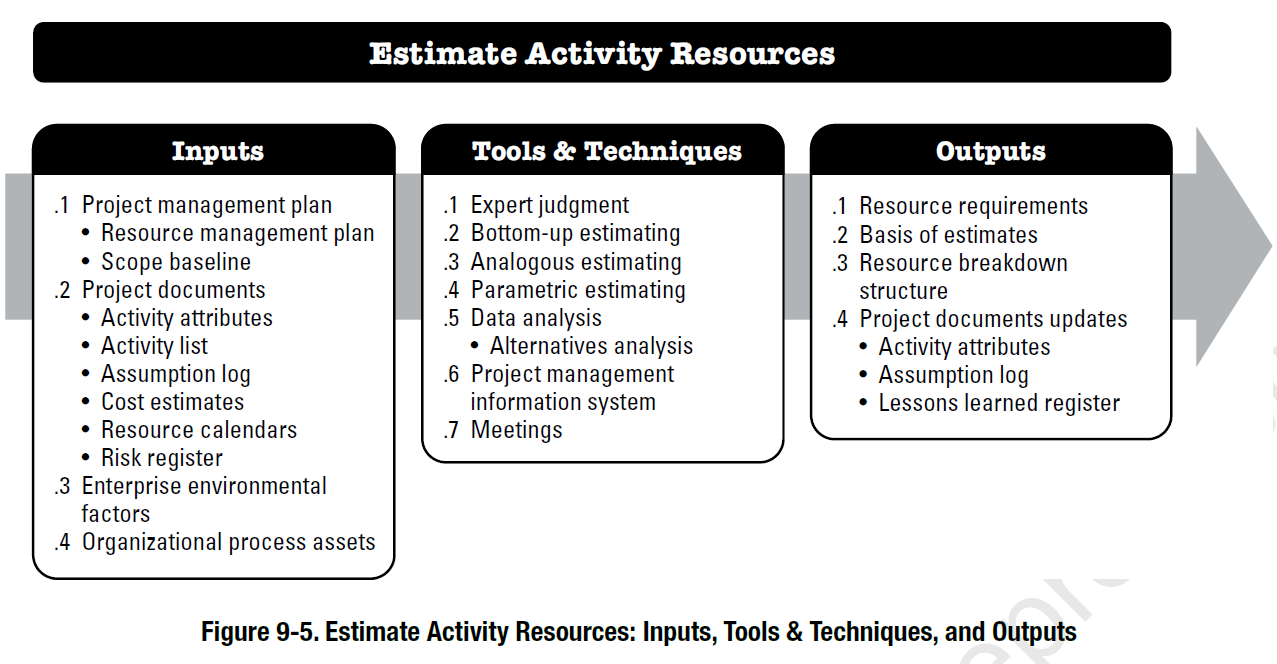
Navigating the complex world of mineral resource estimation can be challenging, particularly when discerning the different classifications and their implications for investors and the mining industry alike. Understanding what constitutes a resource estimate is crucial for informed decision-making.
This article aims to clarify which of the following – Inferred Resources, Indicated Resources, Measured Resources, or Ore Reserves – are considered resource estimates. The information presented here is based on internationally recognized reporting codes and standards widely adopted within the mining sector.
Defining Resource Estimates
Resource estimates are estimations of the quantity and grade or quality of mineral deposits in the earth's crust. They are based on geological evidence and sampling and are categorized according to the level of confidence in the estimate.
The classifications typically include Inferred, Indicated, and Measured Resources. It's important to distinguish these from Ore Reserves, which represent the economically mineable part of a Measured and/or Indicated Mineral Resource.
The JORC Code and Resource Classification
The JORC (Joint Ore Reserves Committee) Code, widely adopted internationally, provides a framework for classifying mineral resources and ore reserves. This code is used extensively by mining companies and financial institutions globally.
The JORC Code defines a Mineral Resource as a concentration or occurrence of solid material of economic interest in or on the Earth’s crust in such form, grade or quality and quantity that there are reasonable prospects for eventual economic extraction. Mineral Resources are further sub-divided, in order of increasing geological confidence, into Inferred, Indicated and Measured categories.
Ore Reserves are defined as the economically mineable part of a Measured and/or Indicated Mineral Resource demonstrated by studies to be economically viable.
Inferred Resources
An Inferred Resource is the lowest confidence level. It's based on limited geological evidence and sampling.
Inferred Resources have a high degree of uncertainty as to their existence and economic viability. They cannot be used as the basis for detailed mine planning.
Indicated Resources
An Indicated Resource has a higher level of confidence than an Inferred Resource. It's based on more extensive sampling and geological data, allowing for a reasonable estimate of grade and tonnage.
While Indicated Resources provide a good basis for preliminary economic assessments, they are not sufficient for detailed feasibility studies without further investigation and conversion to Measured Resources or Ore Reserves.
Measured Resources
A Measured Resource represents the highest level of confidence in the resource estimate. It's based on detailed and reliable exploration and sampling data.
Geological and grade continuity are well-established for Measured Resources. These resources are suitable for detailed mine planning and economic evaluation, forming the basis for Ore Reserve estimation.
Ore Reserves: A Different Category
Ore Reserves are derived from Measured and/or Indicated Mineral Resources after applying modifying factors. These factors include mining, processing, metallurgical, infrastructure, economic, marketing, legal, environmental, social, and governmental factors.
Ore Reserves represent the economically mineable part of a resource. They indicate a project's viability and are crucial for securing financing and developing a mine.
The Key Distinction
While all classifications contribute to understanding a mineral deposit's potential, Inferred Resources, Indicated Resources, and Measured Resources are the three categories specifically considered resource estimates. Ore Reserves, on the other hand, represent a further refinement of these estimates after economic considerations are applied.
Significance and Impact
Understanding the different resource classifications is vital for investors, mining companies, and regulatory bodies. Accurate resource estimates are essential for project evaluation, investment decisions, and responsible resource management.
Misunderstanding or misrepresenting resource classifications can lead to significant financial losses and reputational damage. The application of the JORC Code and similar reporting standards promotes transparency and accountability in the mining industry.
Ultimately, clear and consistent resource reporting helps build trust in the mining sector and contributes to sustainable resource development.
